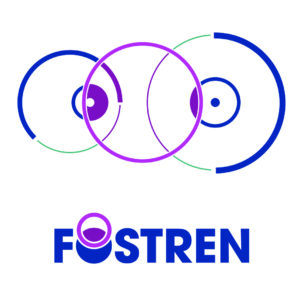Written by Andrés Fontalba Navas
What is your country’s stand on coercion reduction?
The use of coercion in care in health services is a topic that has been current for some years now, and, although it seems to be observed some evolution in some aspects, we are still a long way from having services and practices free of coercion.
Submission of a person to coercive measures affects fundamental rights contained in the Spanish Constitution (SC). To physical and moral integrity, and not to be subjected to inhuman or degrading treatment (art. 15 SC); To freedom and safety, and not to be deprived of the same except in the cases and manner provided in the law (art. 17.1 SC). To personal privacy, honor and one’s own image (art. 18.1 EC). And to one of the highest values of its legal system: the freedom, insofar as it affects the right to individual self-determination, which is specified in relation to this issue, in the freedom to accept or reject the application of a restraint, whether or not it has a therapeutic purpose, which thus understood, and according to the Constitutional Court, it is not included in the sphere of Article 17.1 SC whose scope refers to “physical freedom”, but refers to the autonomy of the individual to choose between vital options according to their interests and preferences.
Concern about restricting the use of restraints has led even in the Order of the Ministry of Health SND / 265/2020, of March 19, of adoption of measures relating to residences for the elderly and socio-sanitary centers, in view of the health crisis situation caused by the COVID-19, a forecast is included in this regard. Indeed, at the second point Section 8 provides that “the centre must pay special attention to the maintenance in the isolation area that corresponds to those homeless or wandering people, with neurocognitive disorder, so to be allowed to roam without being able to leave that zone of insulation, avoiding the use of mechanical or chemical fastening”.
According to Instruction 1/2022, of January 19, on the use of media mechanical or pharmacological restraints in psychiatric units or mental health and residential and/or social health centers for people elderly and/or disabled, within the framework of the protective function that the Public Prosecutor has with respect to the elderly and/or with disabilities, the/as Mr./as. Prosecutors will watch for the effective recognition and safeguarding of their dignity in relation to the use restraints or physical and/or pharmacological restraints to which they may be subdued.
What kind of research is happening in your country on this topic?
Research on this topic showed a growing trend in the number of articles published, the number of citations received and institutional collaboration. There are many studies focused on patients’ perspectives on coercion, with progressively more studies including staff perspectives as well.
Spanish researchers have participated in European countries such as EUNOMIA, and there is an optimistic perspective of continuing cooperation in networks researchs thanks to initiatives such as FOSTREN.
Why are you in the network? What would you like to achieve with it?
Clinical management is a tool to prevent the use of coercion. From my perspective, I try to reorients care to the needs of patients through good clinical practices that take into account the entire health team and integrate the health care process to the management of resources, supplies and results, to maximize effectiveness, efficiency, effectiveness and quality of services.
From the point of view of clinical management, all the coercive measures were associated with worse health outcomes, and the patient experience with the use of coercive measures is a humiliating situation and generate additional stress.
Inspired by this network, I would like to involve clinical managers, health professionals and patients in avoiding coercive measures in clinical practice
Is there anything else that you want to share with us?
The most vicious social coercive measure is stigma, so that anything that exacerbates or ignores the stigma associated with mental illness can make this discrimination even more serious. In addition to the obvious suffering due to mental disorders, there’s this hidden burden of stigma and discrimination. Stigma can manifest itself in multiple ways, through stereotypes, fear, shame, anger, rejection or exclusion. Hence, violations of human rights and basic freedoms and the denial of civil, political, economic, social and cultural rights to those suffering from mental disorders are a common occurrence throughout the world, both in institutional settings and in the community.
To avoid stigma, we need to work equally, to prohibit discrimination and inhuman and degrading treatment, to defend the right to privacy and personal autonomy and in the field of health, the obligation to build a less restrictive environment of freedom and rights to information and patient participation.

